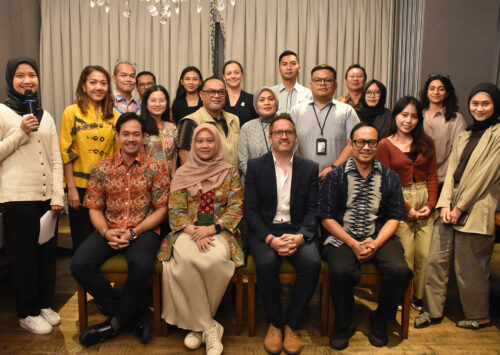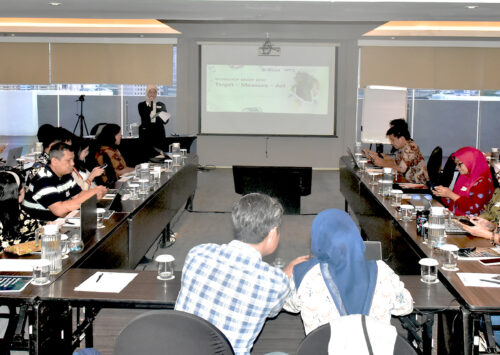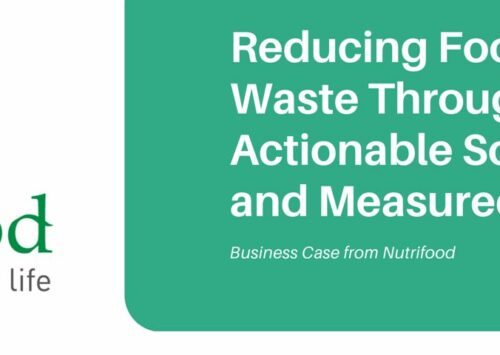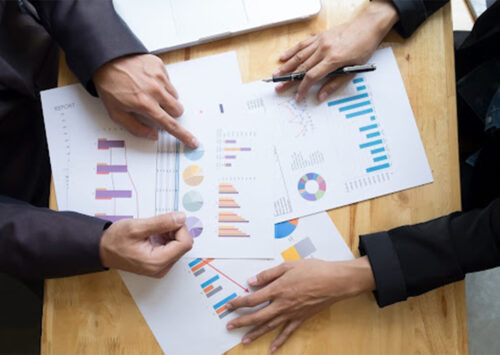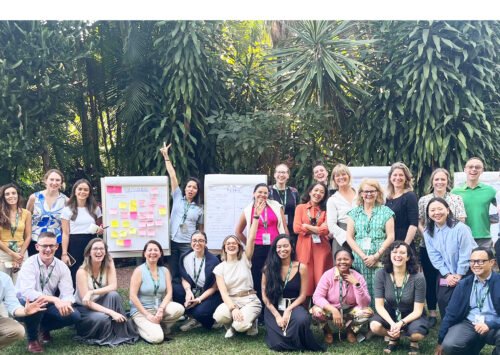One-third of the food produced for human consumption is lost or wasted in between the harvesting process and consumption process1 , which is known as food loss and waste (FLW). Each year, FLW on a global scale contributes to approximately 4.4 gigatons of greenhouse gas emissions2 . In 2015, FLW issue became part of the Sustainable Development Goals (SDGs) contained in target 12.3, stating, “By 2030, halve per capita global food waste at the retail and consumer levels and reduce food losses along production and supply chains, including post-harvest losses”3 . As a country that agrees upon the global development agenda, Indonesia has committed to mainstreaming SDGs’ goals, targets and indicators in the Medium Term National Development Plan (RPJMN) 2020-2024.
As an initial step in the transformation of FLW management in Indonesia, BAPPENAS, supported by the Foreign, Commonwealth, and Development Office, United Kingdom, conducted a Study of Food Loss and Waste in Indonesia. This study has identified baseline data on FLW for the last 20 years and its environment, economy, and social impact and provided recommendations of sustainable FLW management strategies in Indonesia.

